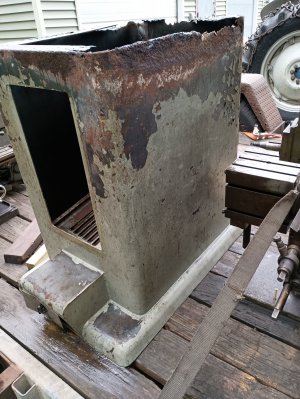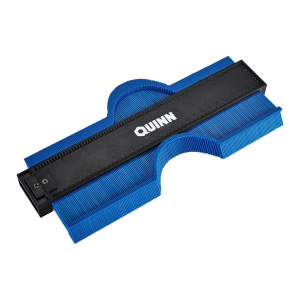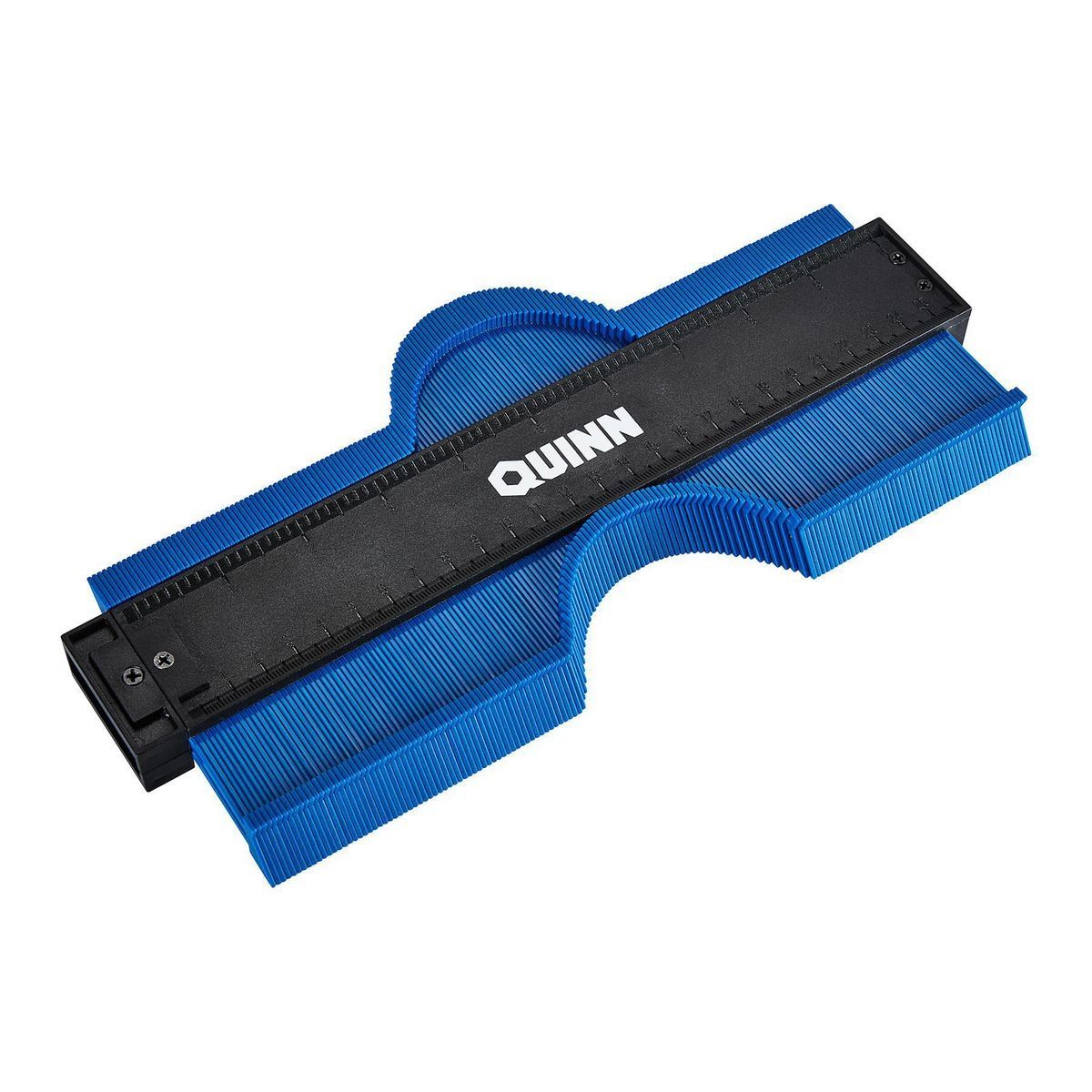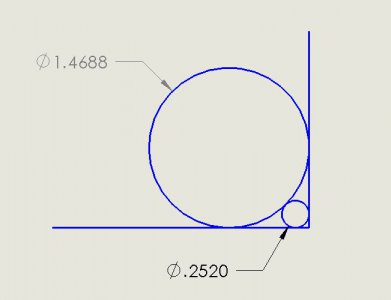- Joined
- Aug 2, 2020
- Messages
- 564
The bottom of this little cabinet is rusted/ rotted very badly.
I would like to cut off the bottom 4" and replace it with new metal.
The corners are radiused and I would like to duplicate them. I first would look for some pipe or tubing the right outside diameter and cut pieces to make the round corners.
If I can't find something off the shelf I will make a die and do it in the press.
The sides of the cabinet are made of 10 ga steel. Yes, heavy stuff.
I could match something after I cut the bottom off but would be glad to have the rounded corners made before I start the project.
I know, I know, it is a fool's errand to try to save this old shaper cabinet but I would like to give it a try.
So how how to measure the radius now?
Thoughts?
Cabinet is upside down in the photo.
I would like to cut off the bottom 4" and replace it with new metal.
The corners are radiused and I would like to duplicate them. I first would look for some pipe or tubing the right outside diameter and cut pieces to make the round corners.
If I can't find something off the shelf I will make a die and do it in the press.
The sides of the cabinet are made of 10 ga steel. Yes, heavy stuff.
I could match something after I cut the bottom off but would be glad to have the rounded corners made before I start the project.
I know, I know, it is a fool's errand to try to save this old shaper cabinet but I would like to give it a try.
So how how to measure the radius now?
Thoughts?
Cabinet is upside down in the photo.






 butt you have a 2mm pencil & the requisite soft 2mm leads laying around & you can just make a rubbing with the lead against both flat surfaces. Think I might be one of the last engineers to be taught manual drafting in college)
butt you have a 2mm pencil & the requisite soft 2mm leads laying around & you can just make a rubbing with the lead against both flat surfaces. Think I might be one of the last engineers to be taught manual drafting in college)